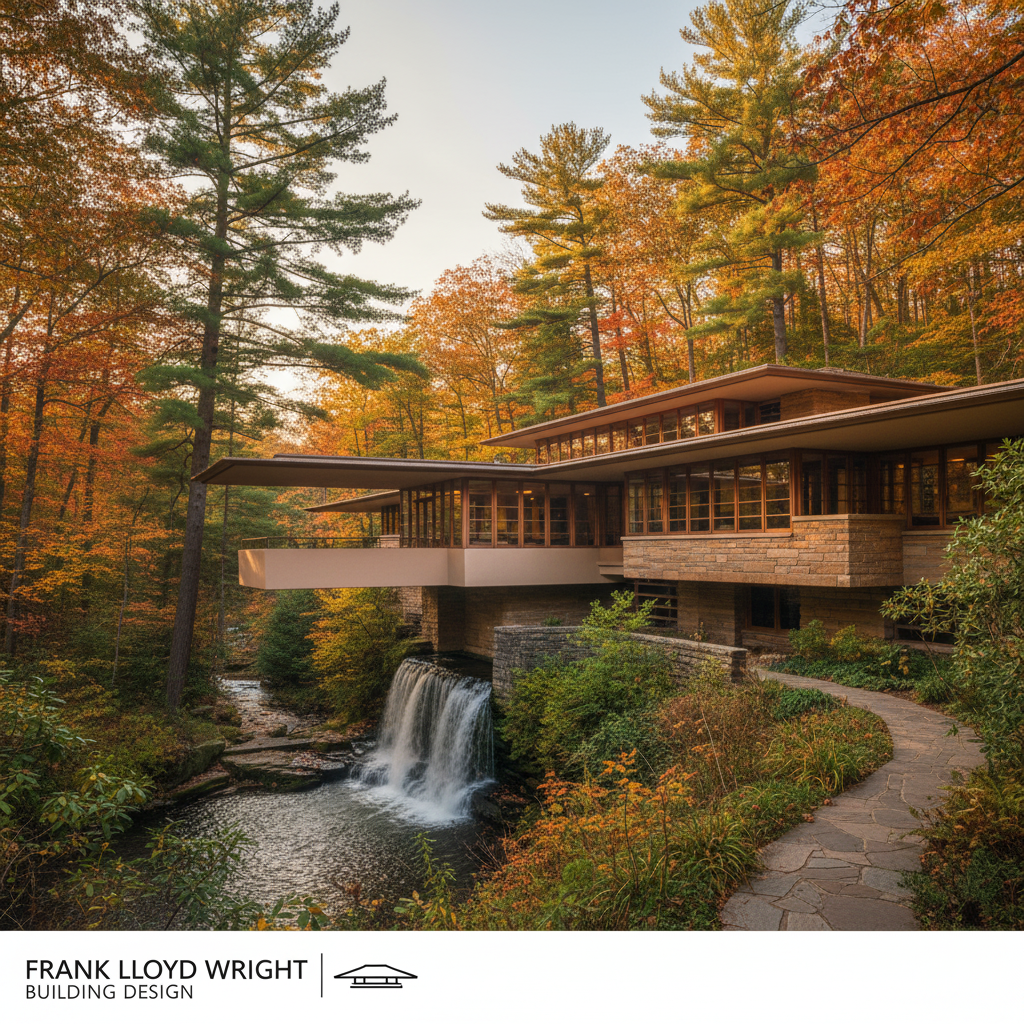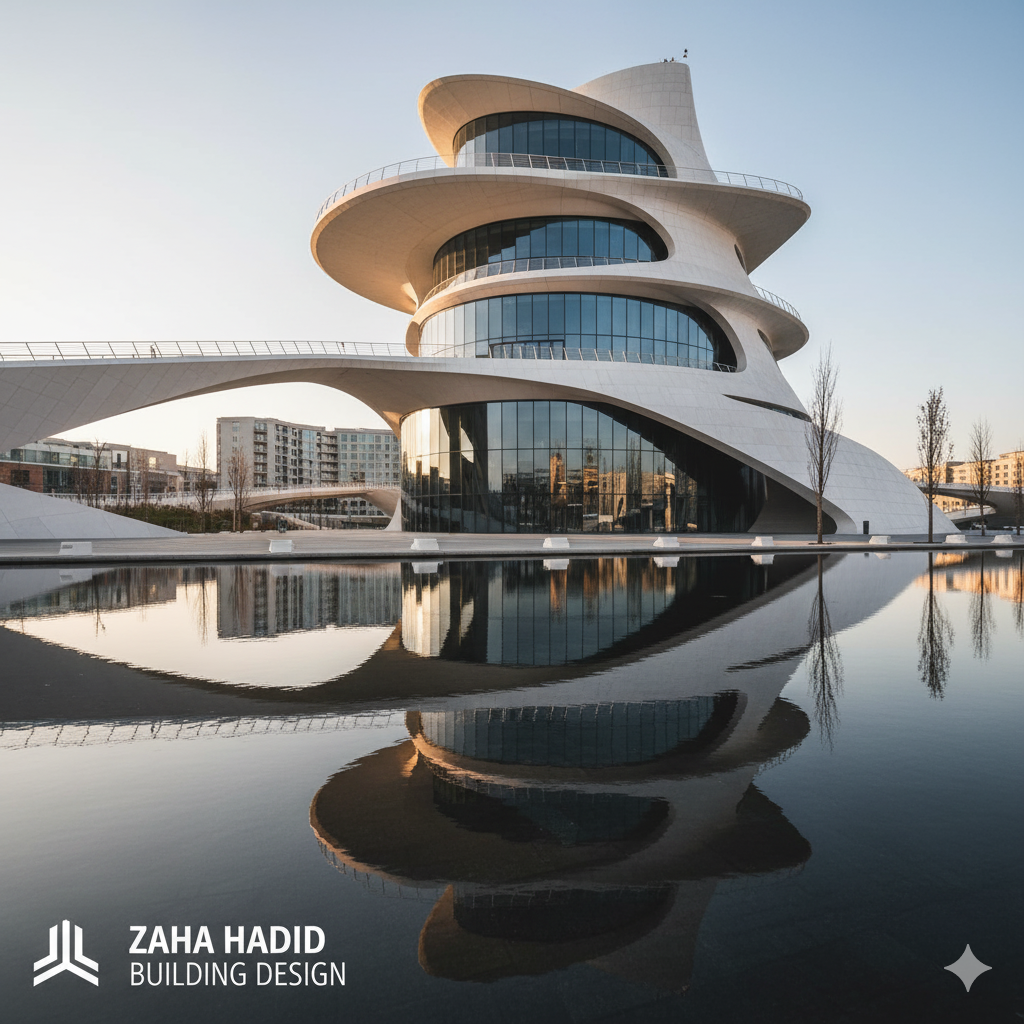Rem Koolhaas

- PublishedApril 16, 2025
Rem Koolhaas is one of the most provocative, influential, and intellectually daring architects of the late 20th and early 21st centuries. Born in 1944 in Rotterdam, Netherlands, Koolhaas has reshaped the landscape of contemporary architecture not just through his buildings, but through his writings, theories, and willingness to question the conventions of design and urbanism. He is the founding partner of OMA (Office for Metropolitan Architecture), a firm known for its experimental and often radical approach to architecture and urban planning.
Koolhaas’s background is as much literary as it is architectural. Before studying architecture, he worked as a journalist and screenwriter, and that narrative sensibility continues to influence his architectural thinking. He studied at the Architectural Association in London and later at Cornell University in the United States, where he developed a sharp interest in how cities function—or dysfunction.
His first major claim to fame came not from a building, but from a book: Delirious New York (1978), a bold and imaginative “retroactive manifesto” for Manhattan. In it, Koolhaas argued that the chaos, contradictions, and density of New York City were not flaws but features—representing a kind of unconscious urban genius. This work marked him as an architectural thinker with a unique voice, blending history, sociology, and cultural critique.
OMA’s built projects reflect Koolhaas’s diverse influences and restless experimentation. One of the firm’s early successes was the Euralille master plan in France, a mixed-use urban hub that integrated transport infrastructure with commercial and cultural buildings. From there, Koolhaas continued to design buildings that often defied expectations—such as the Seattle Central Library (2004), which reimagined the idea of a library for the digital age through a bold, geometric structure filled with light and open space.
Another landmark project is the CCTV Headquarters in Beijing (2012), a massive looped skyscraper that appears to defy gravity. Rather than the typical vertical tower, this building bends and twists into a continuous shape, challenging not only structural norms but also symbolic ideas about power and transparency in a media age.
Koolhaas is not known for having a single “style.” Instead, his work is driven by a deep curiosity about the world and an openness to contradiction. He embraces the messy complexity of cities and global culture, often designing buildings that are hybrid, flexible, and contextually provocative. He is also known for engaging with themes like globalization, consumerism, preservation, and the future of urban life.
In addition to his architectural work, Koolhaas continues to write and teach. He has published several influential texts, including S,M,L,XL (1995), a massive volume blending essays, project documentation, and philosophical musings. He has also taught at Harvard University and other prestigious institutions.
Rem Koolhaas was awarded the Pritzker Architecture Prize in 2000, cementing his status as one of the foremost thinkers and designers of his generation. Through both words and buildings, Koolhaas continues to challenge, provoke, and redefine what architecture can be in a rapidly changing world.








